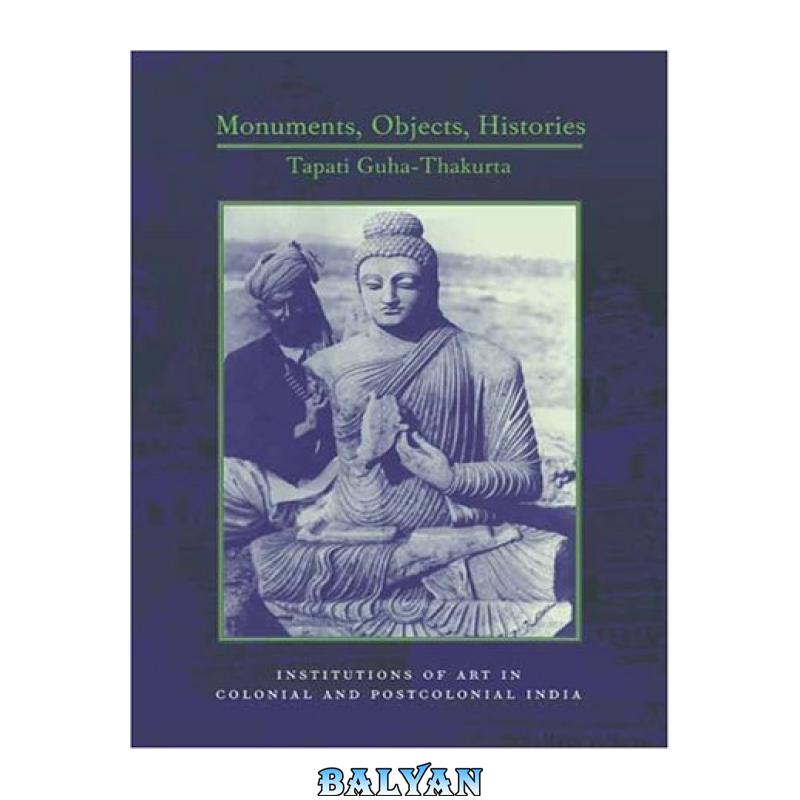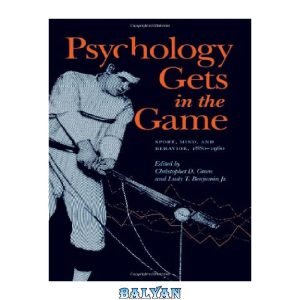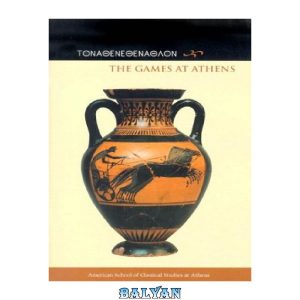ترجمه فارسی توضیحات (ترجمه ماشینی)
بناها، اشیاء، تاریخ: مؤسسات هنری در هند استعماری و پس از استعمار (فرهنگهای تاریخ)
رشته های باستان شناسی و تاریخ هنر در هند مستعمره به وجود آمدند، اما قرار بود در اواخر قرن نوزدهم و اوایل قرن بیستم به نهادهای قدرتمند ملی تبدیل شوند. این کتاب دیدگاهی درونی و بیرونی در مورد رشد این حوزههای علمی، شیوههای نهادی آنها، و روشهایی که آنها موضوعات مورد مطالعه خود را تشکیل دادهاند و بازسازی کردهاند، ارائه میکند. از دوره ای که شاهد تثبیت تخصص غربی و نگهبانی «آثار باستانی» هند بود، به پیش بینی ادعاهای مختلف منطقه ای، بومی و ملی پیرامون میراث باستان شناسی، معماری و هنری کشور در قرن بیستم، در زمان کنونی حرکت می کند. این اشیاء و زمینه ها را در یک سیاست بسیار بحث برانگیز ملیت قرار داده است. یکی از مضامین اصلی کتاب، قاب بندی یک قانون رسمی ملی هنر هند است که نشان می دهد چگونه کار رشته ها و موسسات با اقتدار فراگیر ملت گره خورده است. در عین حال، به پیکربندی مجدد ریشهای معنا و دامنه «ملی» – انواع محرومیتها و شوونیسمها – میپردازد که ریشه در خطر فعلی این رشتهها و بناهای تاریخی و اشیاء هنری آنهاست. .
The disciplines of archaeology and art history came into being in colonial India, but were to be transformed over the late nineteenth and early twentieth centuries into powerfully nationalized institutions. This book offers both an insider and outsider perspective on the growth of these scholarly fields, on their institutional practices, and on the ways they have constituted and recast their objects of study. It moves from a period that saw the consolidation of western expertise and custodianship of India’s “antiquities,” to the projection over the twentieth century of varying regional, nativist and national claims around the country’s archaeological, architectural and artistic inheritance, into a present time that has pitted these objects and fields within a highly contentious politics of nationhood. One of the main themes of the book is the framing of an official national canon of Indian art, showing how the workings of disciplines and institutions have been tied to the pervasive authority of the nation. At the same time, it also addresses the radical reconfiguration of the meaning and scope of the “national” -the kinds of exclusions and chauvinisms -that lie at the root of the current endangerment of these disciplines and the monuments and art-objects they encompass.












نقد و بررسیها
هنوز بررسیای ثبت نشده است.